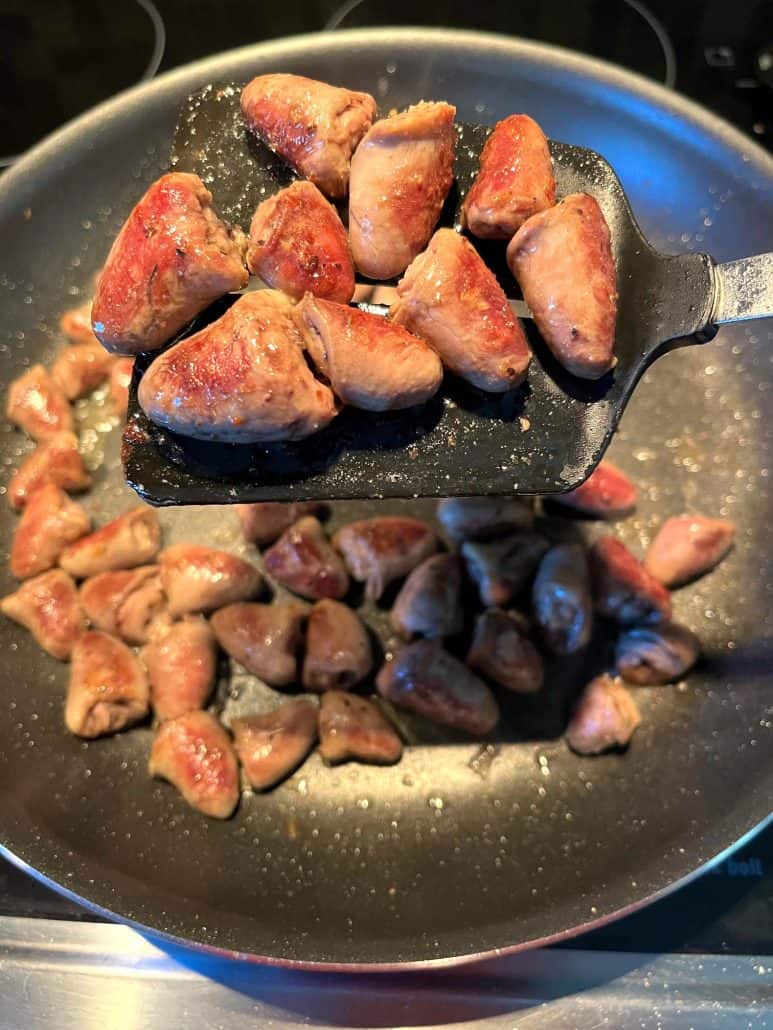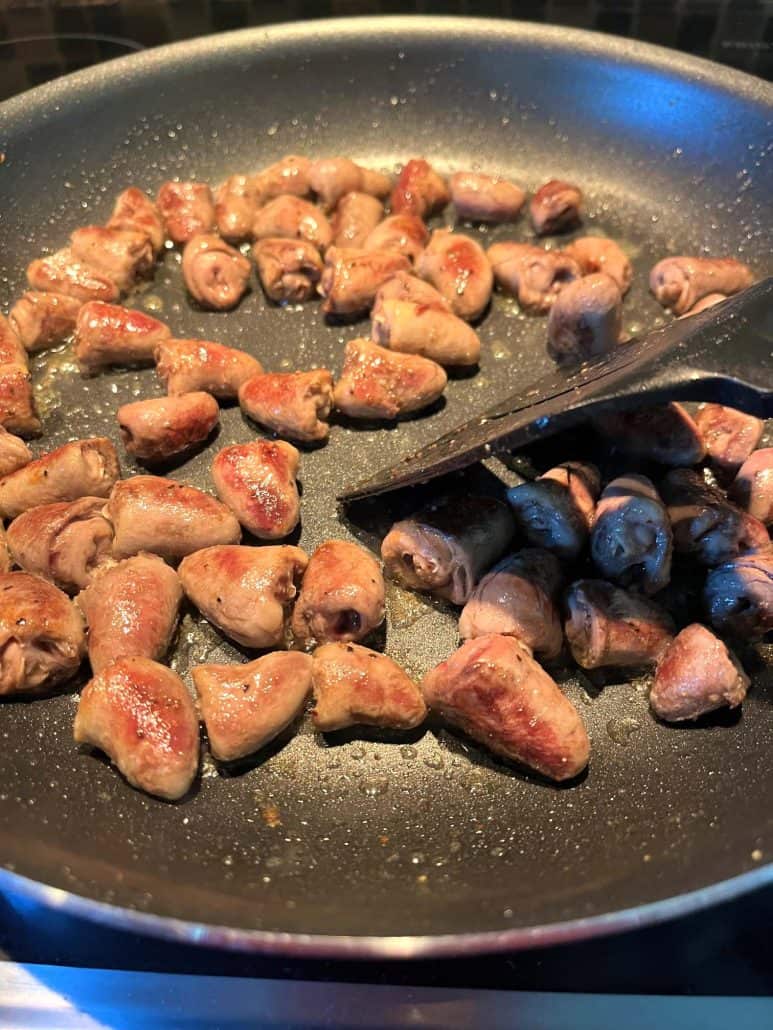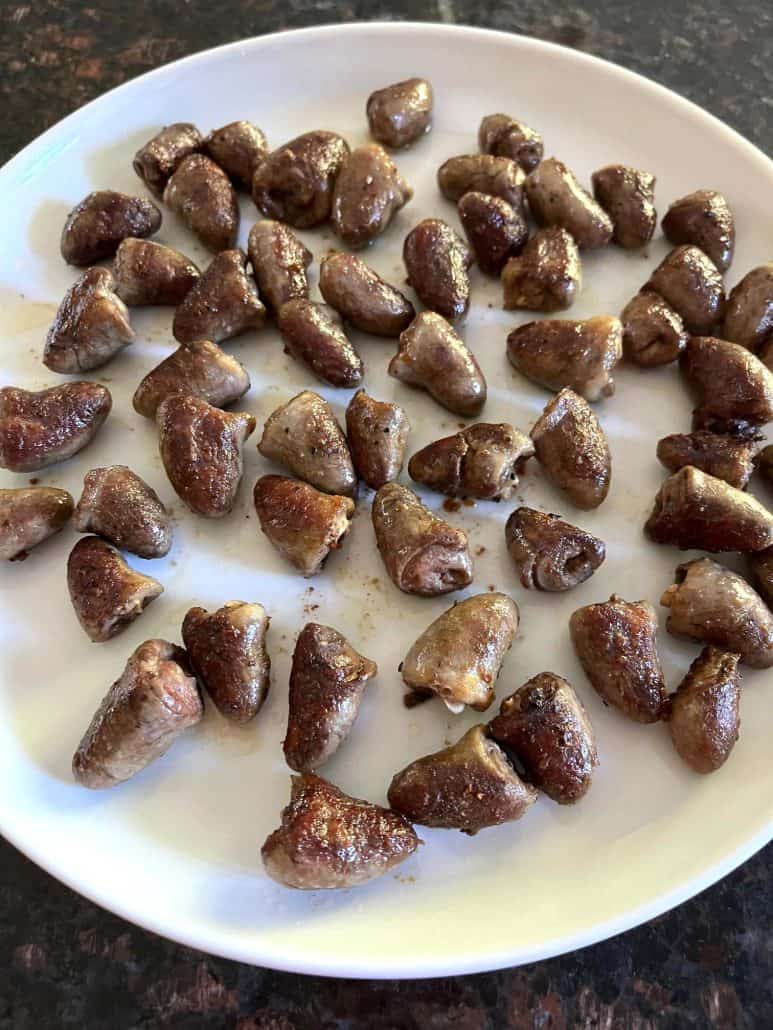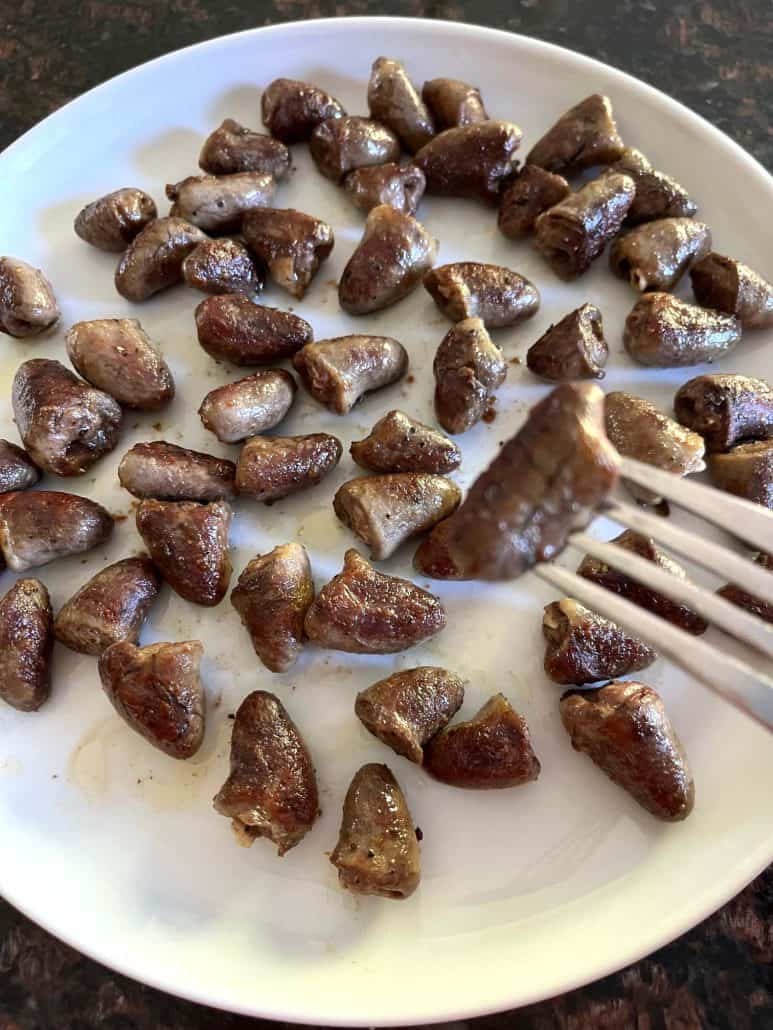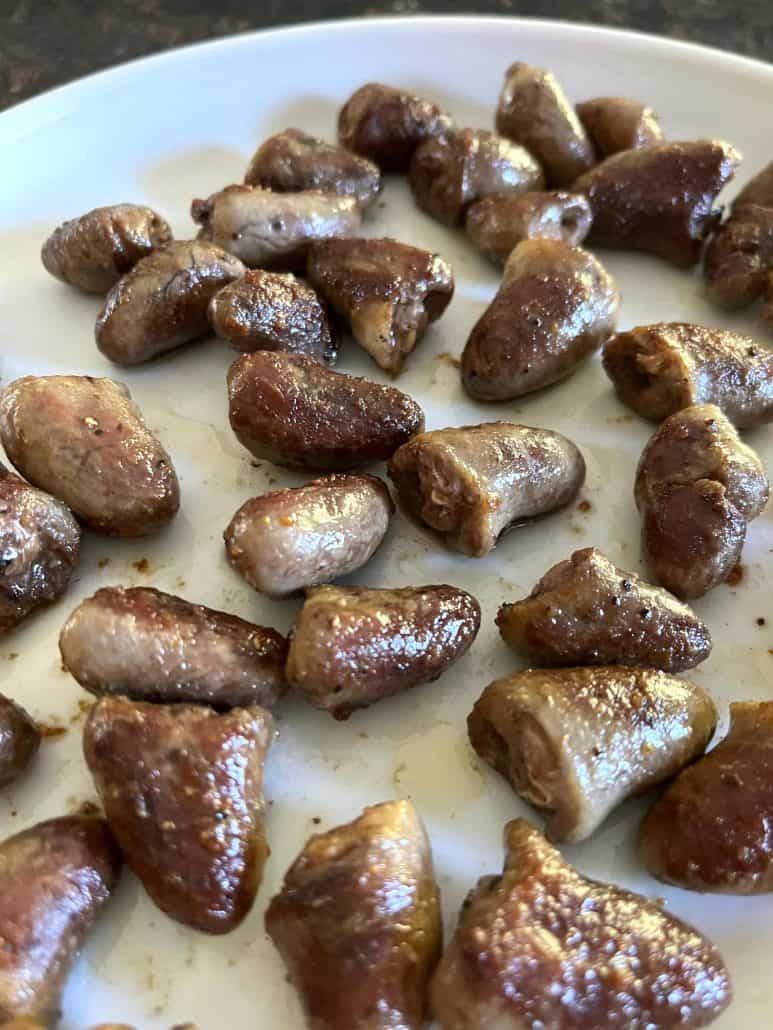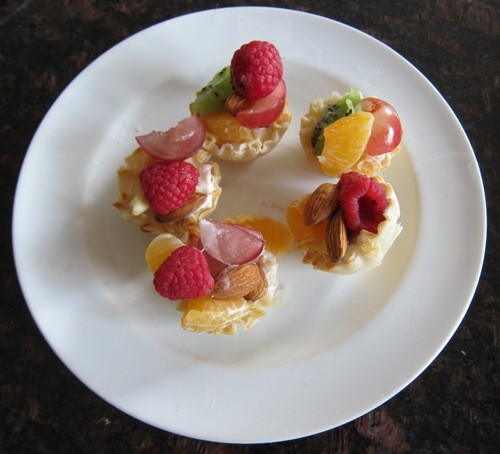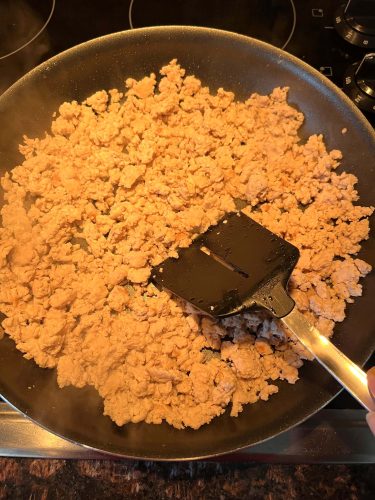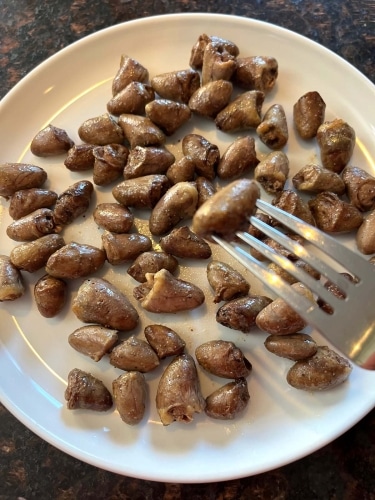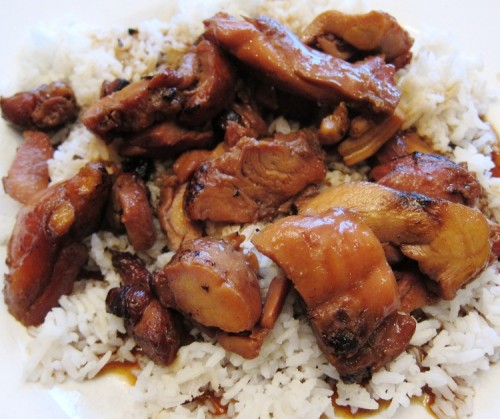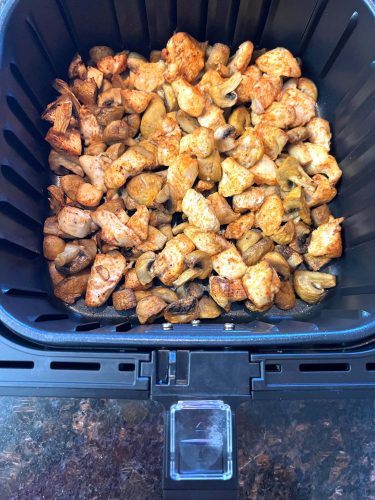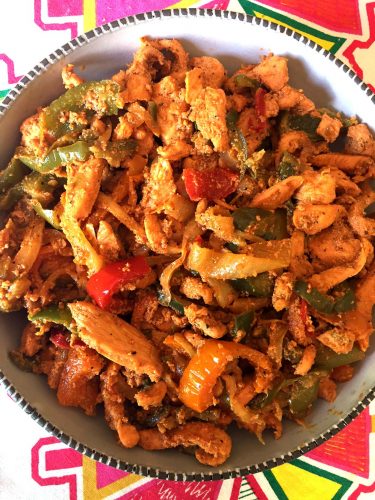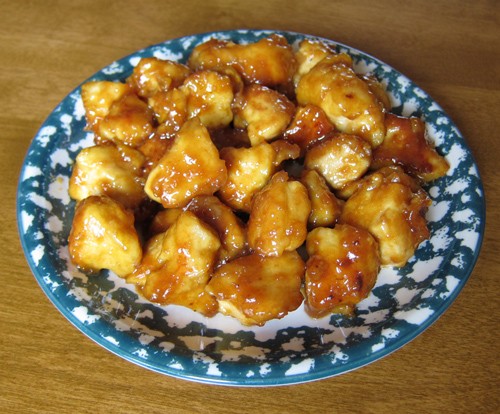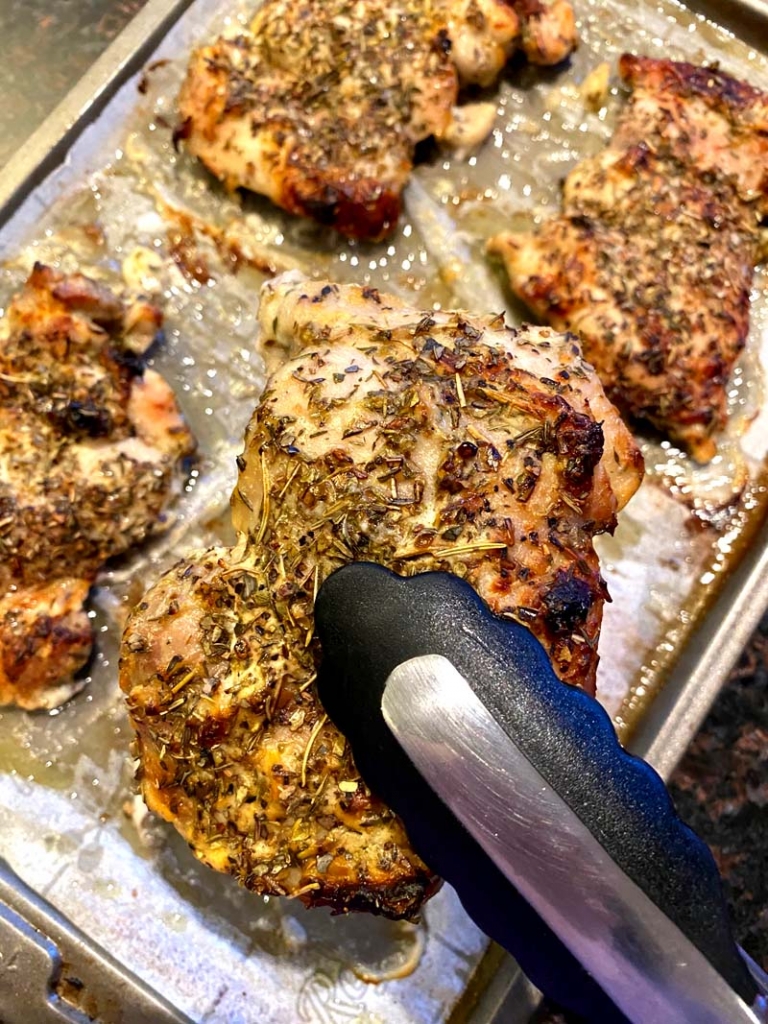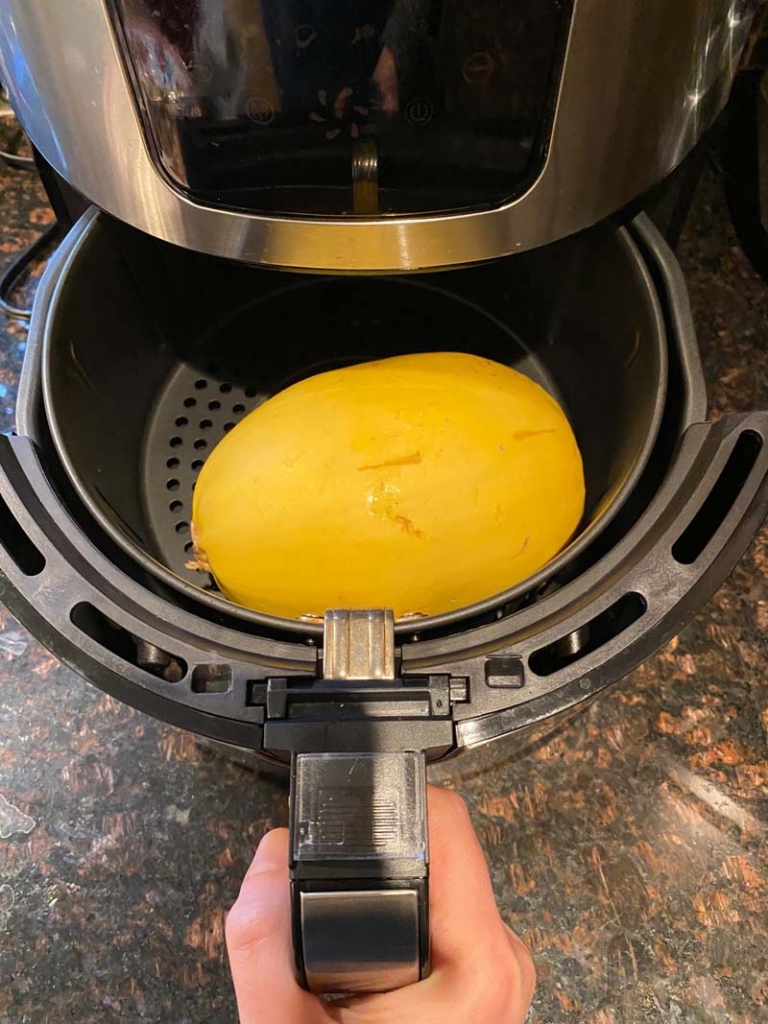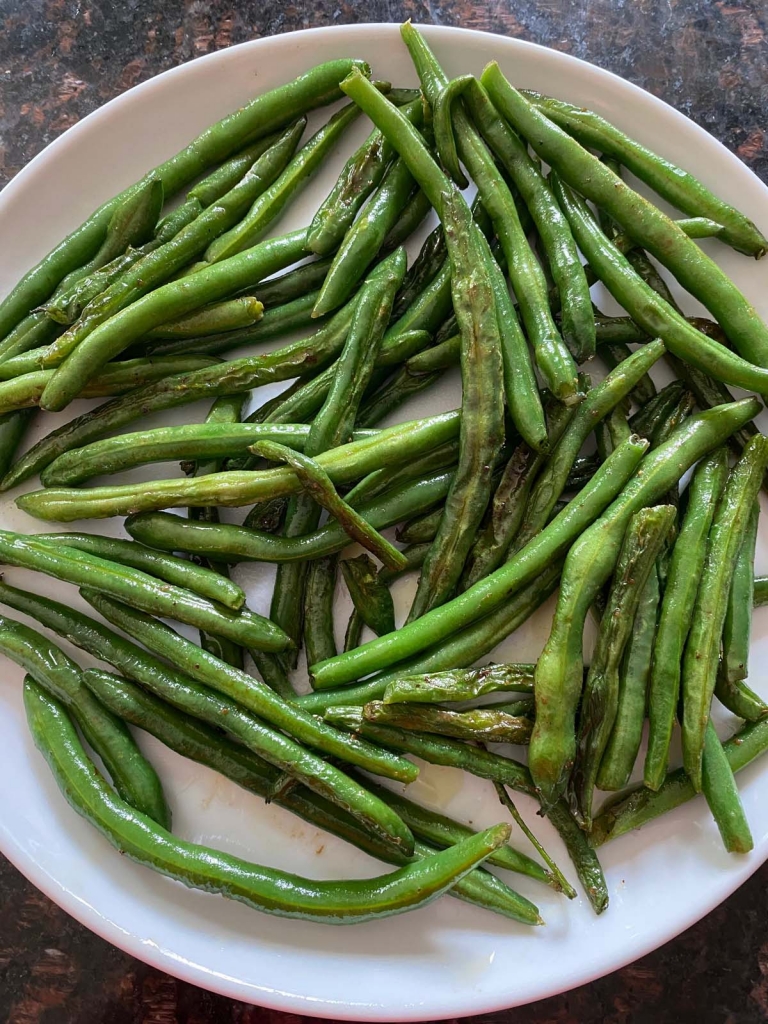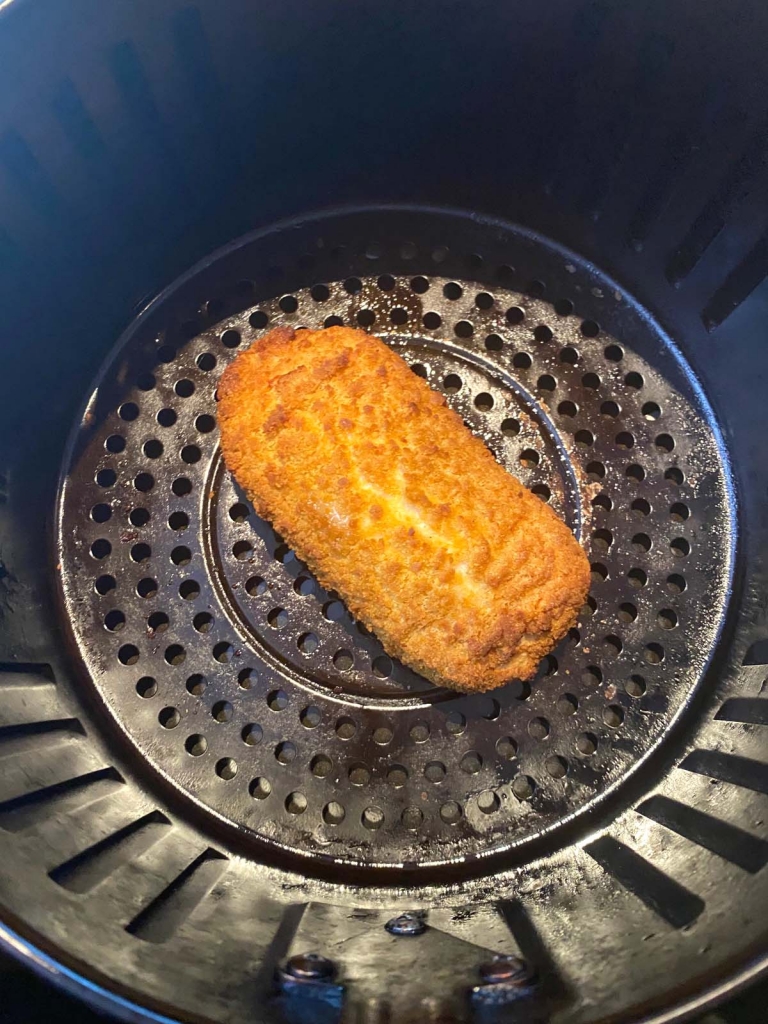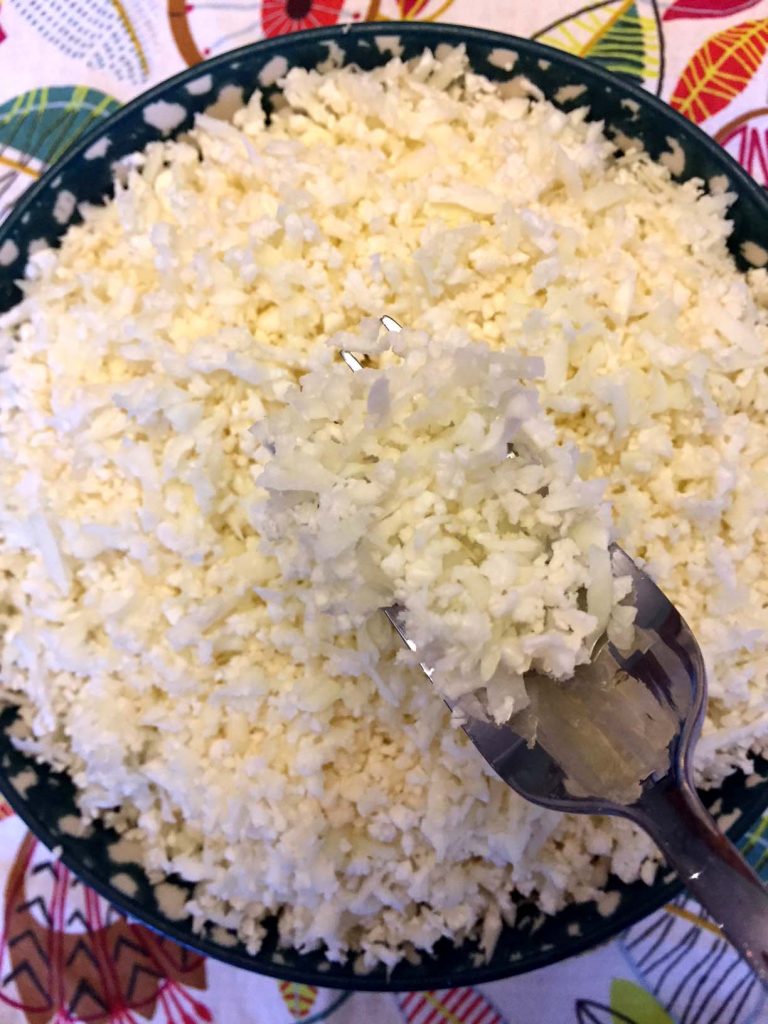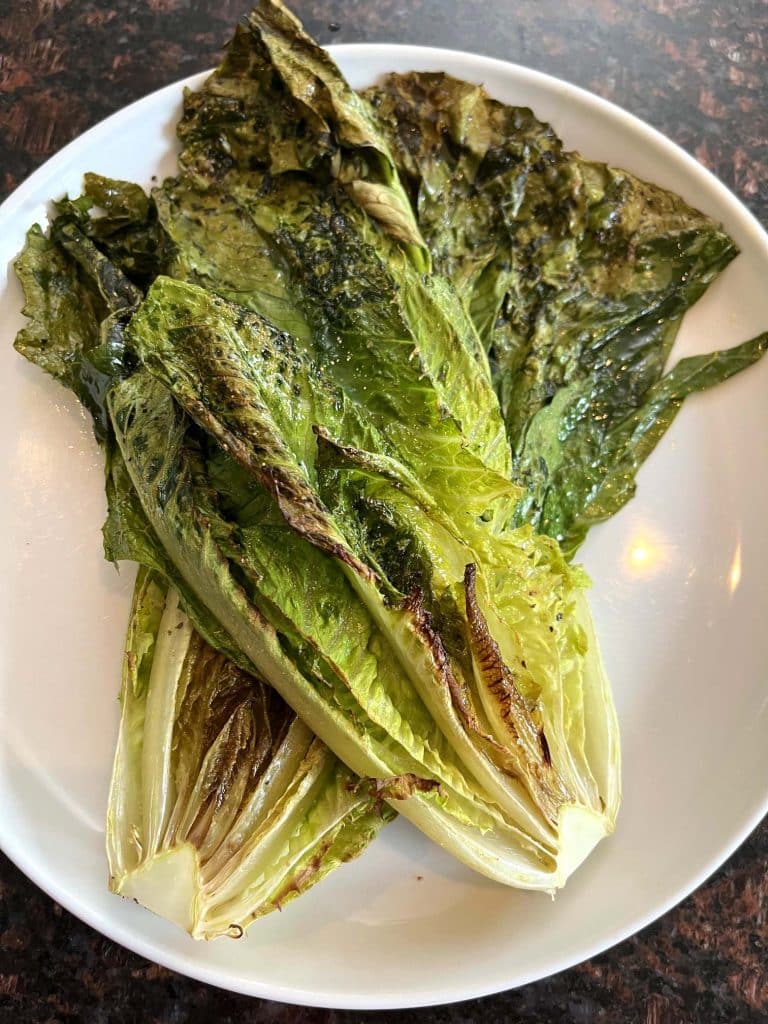How to Cook Chicken Hearts: Easy Pan-Fried Recipe
This post may contain affiliate links (disclosure).
Pan-fried chicken hearts are a delicious and nutritious dish that’s gaining popularity, especially in low-carb and carnivore diets. Learn how to cook chicken hearts with this quick and easy recipe! Perfect for anyone looking to try something new, this easy chicken hearts recipe will surprise you with how tasty and satisfying it is!

Why You’ll Love Pan Fried Chicken Hearts
- Quick and Easy: This recipe comes together in just 10 minutes, making it perfect for a fast meal on busy days. No need for fancy techniques—just season, fry, and enjoy!
- Tender and Flavorful: Chicken hearts become tender and juicy when cooked properly, and the simple seasonings highlight their natural flavor, making each bite irresistible.
- Nutritious: Packed with protein, vitamins, and minerals, chicken hearts are a great source of nutrition, especially for those following low-carb, keto, or carnivore diets.
- Versatile: You can enjoy these chicken hearts on their own as a main dish, or serve them as an appetizer or side dish alongside your favorite vegetables.
- Budget-Friendly: Chicken hearts are an affordable cut of meat, making this recipe both economical and delicious—perfect for feeding the family without breaking the bank.
Ingredients For Pan-Fried Chicken Hearts
- Chicken Hearts – The star of the dish! Chicken hearts are tender and juicy, offering a rich flavor when cooked.
- Olive Oil (or Avocado Oil) – Adds a nice crispiness to the chicken hearts and helps in the cooking process. You can use other oils like butter or coconut oil if preferred.
- Salt – Enhances the natural flavor of the chicken hearts.
- Black Pepper – Adds a subtle spice and warmth to the dish.
- Garlic Powder – Gives the chicken hearts a delicious aromatic flavor.
For the exact measurements of the ingredients, see the printable recipe card at the bottom of this article.
Kitchen Tools You Need To Make Pan Fried Chicken Hearts
- Non-stick Frying Pan – Perfect for frying the chicken hearts evenly without sticking.
- Spatula – Helps to stir and flip the chicken hearts while cooking.
- Measuring Spoons – For accurately measuring out the seasonings.
- Instant-read Thermometer (Optional) – Useful for checking if the internal temperature of the chicken hearts reaches 165°F to ensure they are fully cooked.
How To Make Pan Fried Chicken Hearts
- Heat a non-stick frying pan over high heat and add your oil of choice.
- Place the chicken hearts into the pan and sprinkle them with salt, pepper, and garlic powder. Stir well to coat the hearts evenly with the seasonings.
- Once the oil begins to sizzle, reduce the heat to medium-high.
- Cook the chicken hearts for 10 minutes, stirring every minute to ensure even cooking. You’ll know they’re cooking properly as they change to a lighter color.
- For safety, use an instant-read thermometer to check that the internal temperature reaches 165°F, or cut one heart in half to ensure it’s fully cooked.
- Remove the chicken hearts from the pan and serve them hot.
Serving Suggestions
- Serve the pan-fried chicken hearts as a main dish with a side of steamed vegetables like broccoli or green beans.
- Pair them with a kale and apple salad for a light and healthy meal.
- For a heartier option, serve the chicken hearts over a bed of cauliflower rice or mashed potatoes.
- Garnish with freshly chopped parsley or a squeeze of lemon juice to add brightness to the dish.
- These chicken hearts also make a great appetizer served with a dipping sauce like creamy sauce or spicy mayo.
Tips For Success
- Pat Dry the Chicken Hearts: For the best browning and texture, pat the chicken hearts dry with a paper towel before seasoning and cooking. Removing excess moisture helps them sear better in the pan, giving you a nice crispy exterior.
- Don’t Overcrowd the Pan: If you’re cooking a larger batch, make sure the chicken hearts have enough space in the pan. Overcrowding can lead to steaming rather than frying, which can affect the texture.
- Use Medium-High Heat for Consistency: After the oil starts sizzling, reducing the heat to medium-high ensures that the chicken hearts cook through without burning on the outside. Keep an eye on them and stir frequently to prevent sticking.
- Check for Doneness: Using an instant-read thermometer ensures that the chicken hearts reach a safe internal temperature of 165°F. If you don’t have a thermometer, you can also cut one heart in half to check that it’s fully cooked with no pink in the center.
- Experiment with Seasonings: This recipe is simple, but you can easily add variety by trying different seasonings. Smoked paprika, cumin, or even a sprinkle of cayenne pepper can give the dish an extra kick of flavor.
Variations And Substitutions
- Different Oils: While this recipe calls for olive oil or avocado oil, you can easily swap in butter or coconut oil for a slightly different flavor profile. Butter gives the chicken hearts a rich, creamy taste, while coconut oil adds a hint of sweetness.
- Spice It Up: If you enjoy a bit of heat, add cayenne pepper, red pepper flakes, or smoked paprika to the seasoning mix. These spices will give your chicken hearts an extra kick, making them more exciting for those who like bold flavors.
- Herb Additions: For a fresh, earthy touch, you can add chopped fresh herbs like parsley, cilantro, or thyme towards the end of cooking. These herbs brighten up the dish and add an aromatic element.
- Garlic Lovers: If you love garlic, consider adding minced fresh garlic in the last minute of cooking for an intense burst of garlic flavor. Be careful not to add it too early as it might burn.
- Different Cuts: If you don’t have access to chicken hearts, this same recipe works great with other organ meats like chicken livers or gizzards. Adjust the cooking time slightly as needed since different cuts have different textures.
- Soy Sauce Substitute: For an umami twist, you can substitute part of the salt with soy sauce or tamari (for a gluten-free option). This adds a savory depth to the flavor profile, perfect for those who enjoy a richer taste.
Storage and Reheating
- Storage: Once cooled, store the leftover chicken hearts in an airtight container in the refrigerator. They will stay fresh for up to 3 days.
- Freezing: If you’d like to freeze them, place the cooked chicken hearts in a freezer-safe bag or container. Be sure to remove as much air as possible to avoid freezer burn. They can be frozen for up to 3 months.
- Reheating: To reheat, you can warm them up in a frying pan over medium heat for about 5 minutes, or until heated through. Alternatively, microwave them in short bursts, stirring in between to ensure even heating. If reheating from frozen, allow the hearts to thaw in the fridge overnight before reheating for best results.
Frequently Asked Questions
Are chicken hearts healthy?
Yes! Chicken hearts are packed with nutrients like protein, iron, and B vitamins. They are an excellent source of energy and contribute to overall heart health. Additionally, they are low in carbohydrates, making them ideal for keto, low-carb, and carnivore diets.
What do chicken hearts taste like?
Chicken hearts have a mild, slightly gamey flavor and a firm, tender texture. When cooked properly, they are juicy and take on the flavors of the seasonings you use, making them very versatile for different recipes.
How do I know when chicken hearts are cooked?
You can tell chicken hearts are cooked when they turn a lighter color and firm up. To ensure they are fully cooked, you can cut one in half—there should be no pink in the center. Additionally, using an instant-read thermometer is the most accurate method; the internal temperature should reach at least 165°F.
Can I use other seasonings in this recipe?
Absolutely! This recipe is simple and can be easily customized. Feel free to experiment with different seasonings such as paprika, cumin, onion powder, or even dried herbs. You can also adjust the salt and pepper levels based on your taste preferences.
Can I make this recipe with other organ meats?
Yes, this recipe works well with other organ meats like chicken livers or gizzards. Each organ has a slightly different texture and cooking time, so you may need to adjust accordingly. Chicken livers, for example, cook a little faster than hearts.
Other Easy Chicken Recipes
Healthy Skillet Chicken Cutlets Recipe – No Breading, Quick & Simple: This quick and healthy skillet chicken cutlets recipe skips the breading for a light, flavorful meal.
Sautéed Diced Chicken Breast Recipe – Fast and Healthy Meal: Enjoy this fast and healthy diced chicken breast sautéed in just minutes, perfect for busy weeknights.
Air Fryer Aldi Chicken Skewers – Easy and Fast Cooking: These Aldi chicken skewers cook to perfection in the air fryer, giving you a quick and easy meal full of flavor.
Instant Pot Chicken Thighs with Bone–Tender and Juicy: Make tender and juicy bone-in chicken thighs effortlessly in the Instant Pot for a delicious dinner.
Crispy Air Fryer Bone-In Chicken Thighs Recipe: Get perfectly crispy bone-in chicken thighs in the air fryer with minimal prep and maximum flavor.
Air Fryer Frozen Chicken Tenders – Quick & Crispy: Cook frozen chicken tenders in the air fryer for a crispy, quick, and kid-friendly meal.
Juicy Air Fryer Bone-In Chicken Breast Recipe: This air fryer recipe delivers juicy and flavorful bone-in chicken breasts with a crispy exterior.
Pan Fried Chicken Hearts Recipe
Recipe Video
Ingredients
- 1 lb chicken hearts
- 1 tbsp olive oil or avocado oil, butter, coconut oil
- 1/2 tsp salt
- 1/4 tsp black pepper
- 1/4 tsp garlic powder
Recommended Kitchen Tools (click the links below to see the items used to make this recipe)
- Non-stick Frying pan
- Instant-read thermometer optional
Instructions
- Heat a non-stick frying pan over high heat and add the olive oil (or oil of your choice).
- Place the chicken hearts in the pan.
- Season the hearts with salt, black pepper, and garlic powder. Stir to evenly distribute the seasonings.
- Once the oil starts sizzling, reduce the heat to medium-high.
- Cook the chicken hearts for about 10 minutes, stirring every minute. The hearts will change to a lighter color as they cook.
- Use an instant-read thermometer to check if the internal temperature reaches 165°F, or cut one heart in half to ensure it is fully cooked.
- Once done, remove from heat and serve immediately.
Notes
- Ensure chicken hearts reach an internal temperature of 165°F for food safety.
- Use your favorite seasonings to customize the flavor.
Nutrition
More Pan-Fried Recipes
- Golden Crispy Skillet Potatoes with Tomatoes | Simple Side Dish
- Sautéed Tomatillos Recipe | Easy Pan-Fried Tomatillos
- Crispy Pan-Fried Gnocchi Recipe | Quick and Easy Gnocchi






